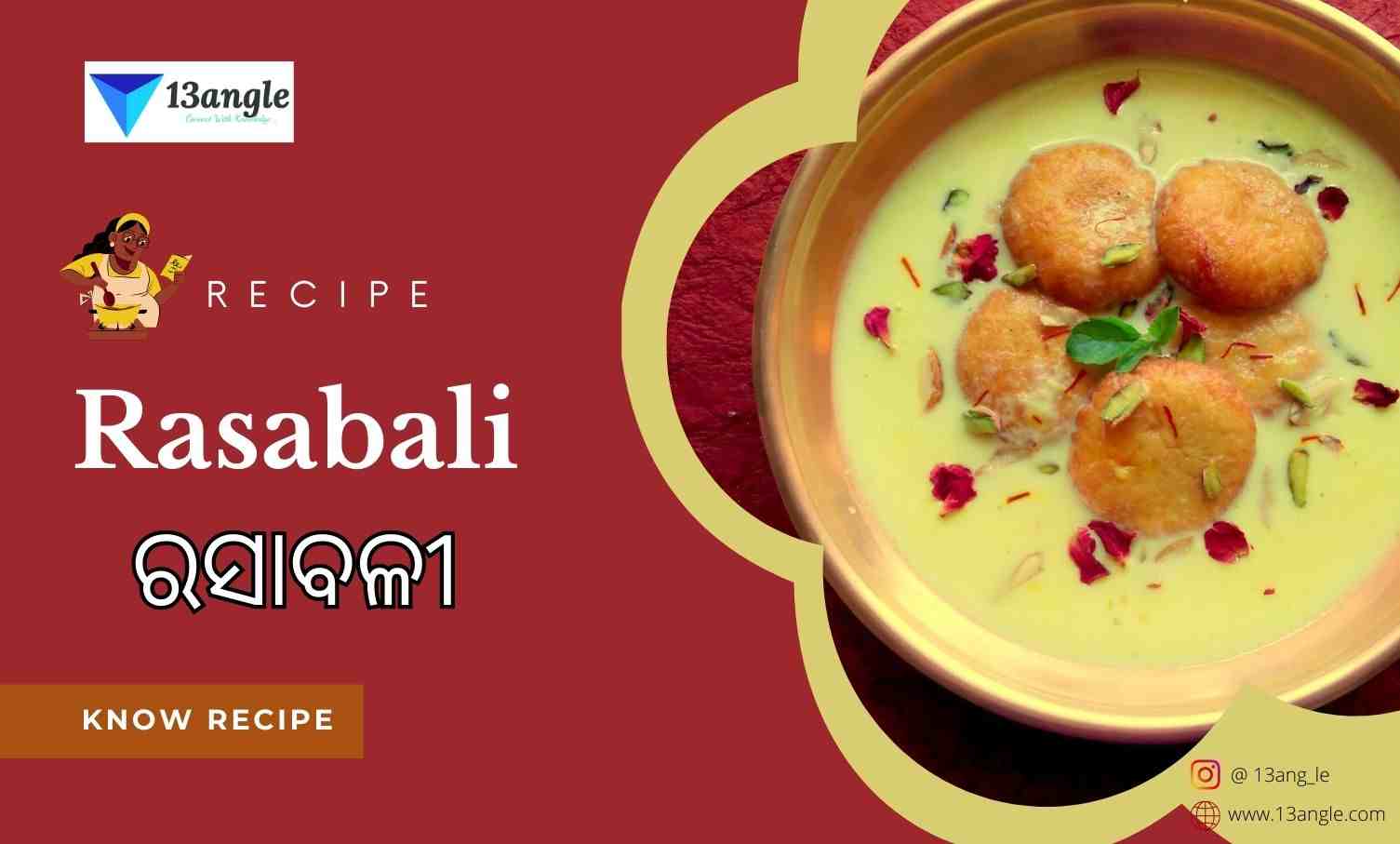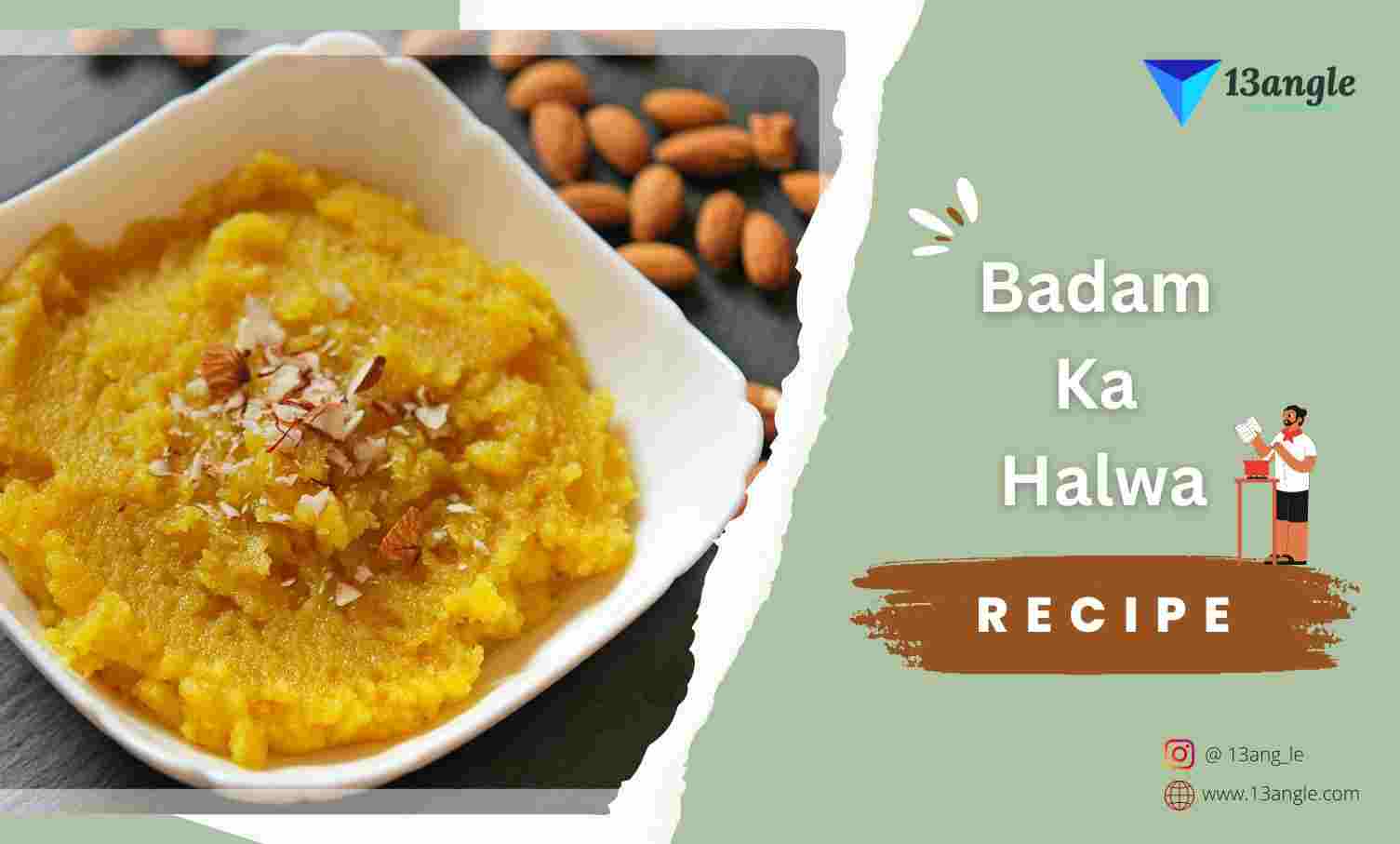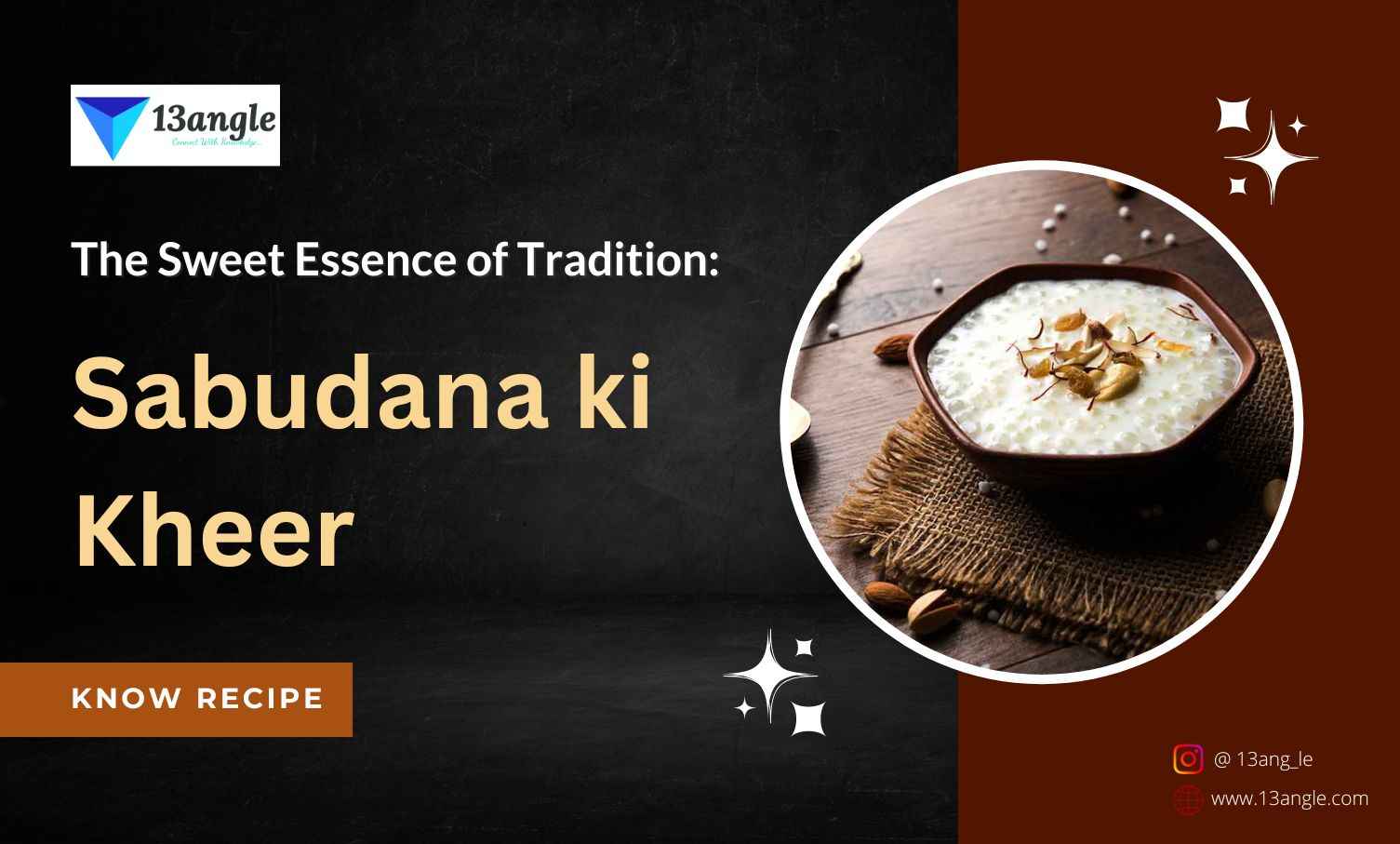
Champaran Mutton also known as Ahuna Mutton is not only a delectable dish but also holds historical significance in India. Its origin can be traced back to the Champaran region in Bihar, a state in eastern India. Champaran is known for its rich cultural heritage and its contribution to India’s freedom struggle.
During the early 20th century, the Champaran region became the epicentre of a historical movement led by Mahatma Gandhi, known as the Champaran Satyagraha. This movement aimed to address the grievances of indigo farmers who were forced to cultivate indigo on their lands by British colonial landlords. The Champaran Satyagraha marked one of the first successful non-violent protests organized by Mahatma Gandhi in India.
The significance of Champaran and its association with the freedom struggle created a unique identity for the region. Over time, this historical importance also extended to its culinary traditions, including the famous Champaran Mutton.
Champaran Mutton gained popularity primarily due to its rich flavours and traditional cooking techniques. The dish is known for its robust and aromatic flavours, infused with a blend of spices that create a unique taste profile. The slow cooking process allows the meat to tenderize and absorb the flavours of the spices, resulting in a succulent and flavorful dish.
Furthermore, the influence of the local culture and cuisine in Champaran played a vital role in shaping the popularity of Champaran Mutton. The traditional Bihari culinary practices, along with the regional spices and ingredients, contribute to the distinct taste of this dish. The use of mustard oil, mustard seeds, and other local spices adds a characteristic flavour that sets Champaran Mutton apart from other mutton preparations.
Additionally, the diaspora of people from Bihar across India and even overseas has contributed to the spread and popularity of Champaran Mutton. As people from Bihar moved to different parts of the country, they carried their culinary traditions with them, introducing dishes like Champaran Mutton to new regions. Over time, it gained recognition and appreciation among food enthusiasts and became a sought-after dish in Indian cuisine.
Today, Champaran Mutton is widely relished not only in Bihar but also across India. It has become a symbol of the rich culinary heritage of Bihar and continues to be enjoyed by people who appreciate the flavours of traditional Indian cuisine. The historical significance, coupled with its mouthwatering taste, has cemented Champaran Mutton’s position as a popular and cherished dish in the culinary landscape of India.
Origin Of Champaran Mutton

Champaran Mutton derives its name from the Champaran region in Bihar, India. This region holds historical significance due to the Champaran Satyagraha, a movement led by Mahatma Gandhi during India’s freedom struggle. The association with this movement has given the dish a unique identity and cultural significance.
Champaran Mutton is deeply rooted in the culinary traditions of Bihar. The region’s rich agricultural heritage and cultural diversity have influenced the flavours and cooking techniques used in this dish. It reflects the local flavours and ingredients that have been passed down through generations, making it an integral part of Bihari cuisine.
How To Make Champaran Mutton?

Ingredients:
- 1 kg mutton cut into medium-sized pieces
- 4 tablespoons mustard oil
- 2 onions finely chopped
- 2 tomatoes finely chopped
- 2 tablespoons ginger-garlic paste
- 2 green chilies slit lengthwise
- 1 tablespoon turmeric powder
- 2 tablespoons red chili powder
- 2 tablespoons coriander powder
- 1 tablespoon cumin powder
- 1 tablespoon garam masala
- 1 teaspoon mustard seeds
- 1 teaspoon fenugreek seeds
- 1 teaspoon fennel seeds
- 1 teaspoon nigella seeds (kalonji)
- 1 cup yogurt whisked
- Salt to taste
- Fresh coriander leaves chopped (for garnish)
Instructions
Heat the mustard oil in a large, heavy-bottomed pan or pressure cooker over medium heat. Once the oil is hot, add the mustard seeds, fenugreek seeds, fennel seeds, and nigella seeds. Let them splutter for a few seconds.
Add the chopped onions to the pan and sauté until they turn golden brown. Stir occasionally to prevent burning.
Now, add the ginger-garlic paste and green chillies. Sauté for a minute until the raw smell disappears.
Add the chopped tomatoes to the pan and cook until they become soft and mushy. Stir occasionally to avoid sticking to the bottom.
Reduce the heat to low and add turmeric powder, red chilli powder, coriander powder, cumin powder, and salt. Mix well and cook for a minute to roast the spices.
Add the mutton pieces to the pan and coat them evenly with the spice mixture. Cook for 5-7 minutes, stirring occasionally, until the mutton starts to brown.
Pour in the whisked yoghurt and mix well. Cook for another 5 minutes to let the yoghurt blend with the spices and tenderize the meat.
If using a pressure cooker, cover it with a lid and cook the mutton for about 25-30 minutes or until it is cooked and tender. If using a pan, cover it with a tight-fitting lid and cook on low heat for 1.5 to 2 hours, or until the meat is tender. Add a little water if required during cooking to prevent drying out.
Once the mutton is cooked, sprinkle garam masala over it and give it a final stir. Cook for a few more minutes to allow the flavours to meld together.
Remove from heat and garnish with fresh coriander leaves.
Your flavourful Champaran Mutton is ready to be served! It pairs well with steamed rice, naan, or roti. Enjoy the delicious taste of this traditional Bihari dish.
How To Eat Champaran Mutton
Champaran Mutton is a versatile dish that can be enjoyed in various ways. Here are a few suggestions on how to savour this delectable dish:
Main Course Delight: Serve Champaran Mutton as a main course dish alongside steamed rice, pulao, naan, roti, or paratha. The flavorful and tender mutton pairs well with the mildness of rice or the softness of bread, creating a satisfying and complete meal.
Family Gatherings: Prepare a large batch of Champaran Mutton for special family gatherings or festive occasions. The aromatic flavours and succulent meat make it a crowd-pleaser. It can be a centrepiece dish that brings everyone together to enjoy a memorable dining experience.
Street Food-Inspired Rolls: For a unique twist, you can use leftover Champaran Mutton to make delicious rolls or wraps. Warm up some rotis or parathas, spread a generous amount of the mutton along with some mint chutney and onions, roll it up, and enjoy a flavoursome and convenient snack.
- Fusion Creations: Get creative with Champaran Mutton by incorporating it into fusion dishes. For example, you can use it as a filling for stuffed bread or buns, add it to pasta or noodles for an Indian-inspired twist, or use it as a topping for homemade pizza to add a touch of Bihari flavours.
Remember to garnish your Champaran Mutton with freshly chopped coriander leaves before serving. The vibrant green colour adds freshness and a pop of flavour to the dish.
Frequently Asked Questions About Champaran Mutton
Champaran Mutton is a traditional Indian dish originating from the Champaran region in Bihar. It is a flavorful mutton preparation that is slow-cooked with a blend of spices, resulting in tender and aromatic meat.
Champaran Mutton stands out for its rich flavours and the use of local spices and ingredients. Mustard oil, mustard seeds, and other regional spices contribute to its distinct taste, setting it apart from other mutton dishes.
Champaran Mutton is typically slow-cooked in a heavy-bottomed pan or pressure cooker. The mutton is first marinated with spices, yoghurt, and seasonings. It is then cooked on low heat for a long duration, allowing the meat to become tender and absorb the flavours of the spices.
The primary ingredients in Champaran Mutton include mutton (goat meat), mustard oil, onions, tomatoes, ginger-garlic paste, yoghurt, and a variety of spices such as turmeric powder, red chilli powder, coriander powder, cumin powder, garam masala, and whole spices like mustard seeds, fenugreek seeds, fennel seeds, and nigella seeds.
While Champaran Mutton traditionally uses goat meat, you can use other meats such as lamb or even beef if desired. However, keep in mind that the cooking time may vary depending on the meat used.
Champaran Mutton is often served as a main course dish and pairs well with steamed rice, naan (Indian bread), or roti (Indian flatbread). It is often garnished with freshly chopped coriander leaves for added freshness.
Yes, you can adjust the spice levels according to your taste preferences. If you prefer a milder version, reduce the amount of red chilli powder or green chillies. Conversely, if you like it spicier, you can increase the quantity of chilli powder or add additional green chillies.
Yes, Champaran Mutton is highly popular in India, particularly in the state of Bihar. It is appreciated for its rich flavours and historical significance. It has gained recognition across the country and is enjoyed by food enthusiasts who appreciate traditional Indian cuisine.
Yes, you can use boneless mutton for Champaran Mutton. However, using bone-in mutton adds depth of flavour and enhances the overall taste of the dish. If using boneless meat, be cautious with the cooking time as boneless pieces tend to cook faster.
The spice level of Champaran Mutton can be adjusted according to personal preference. The dish typically has a moderate level of spice, but you can reduce or increase the amount of chilli powder and green chillies to suit your taste.
Yes, you can adapt the recipe to cook Champaran Mutton in an Instant Pot or slow cooker. Adjust the cooking time and settings accordingly. For an Instant Pot, follow the manufacturer’s instructions for cooking mutton. In a slow cooker, cook on low heat for several hours until the meat becomes tender.
Yes, you can make Champaran Mutton in advance. In fact, the flavours tend to develop and intensify when the dish is allowed to sit for a few hours or overnight. Simply reheat the dish before serving.
Yogurt plays a crucial role in tenderizing the mutton and adding a tangy flavour to Champaran Mutton. It is not recommended to substitute yogurt entirely. However, if you cannot use yogurt, you can try using a small amount of lemon juice or vinegar mixed with water as a tenderizer.
Yes, you can freeze leftover Champaran Mutton. Allow it to cool completely, transfer it to an airtight container or freezer bags, and freeze for up to three months. Thaw the frozen mutton in the refrigerator before reheating.
While the traditional Champaran Mutton recipe uses meat, you can find vegetarian adaptations that use ingredients like Jackfruit, cauliflower, potatoes, or mushrooms as a substitute for meat. These vegetarian versions aim to capture the flavours and essence of Champaran Mutton while catering to vegetarian preferences.
Yes, you can adjust the consistency of the gravy by adding more or less water during the cooking process. If you prefer a thicker gravy, cook the mutton uncovered for a longer duration to allow the liquid to reduce. Conversely, if you want a thinner gravy, add more water or broth as needed.
Top 13 Interesting Facts About Champaran Mutton
Champaran Mutton is a traditional dish from the Champaran region in Bihar, India, known for its historical significance and rich culinary heritage.
The dish gained popularity due to its association with the Champaran Satyagraha, a movement led by Mahatma Gandhi during India’s freedom struggle.
Champaran Mutton is typically made with goat meat, which is slow-cooked to perfection, resulting in tender and flavourful meat.
The dish gets its distinct flavour from the use of mustard oil, mustard seeds, and a blend of regional spices that create a unique taste profile.
The slow-cooking process of Champaran Mutton allows the meat to absorb the flavours of the spices and develop a rich and aromatic gravy.
Champaran Mutton is known for its moderate level of spiciness, but the spice levels can be adjusted according to personal preference.
Along with its historical significance, Champaran Mutton is also celebrated for its cultural heritage, representing the culinary traditions of Bihar.
The dish has gained popularity across India and is enjoyed by food enthusiasts who appreciate the flavours of traditional Indian cuisine.
Champaran Mutton is often served as a main course dish alongside steamed rice, naan, roti, or paratha.
Leftover Champaran Mutton can be creatively used in wraps, rolls, sandwiches, or as a topping for pizzas and pasta to add a touch of Bihari flavours.
The dish can be made in a variety of cooking vessels, including a heavy-bottomed pan, pressure cooker, Instant Pot, or slow cooker.
Champaran Mutton can be made in advance, and the flavours tend to develop and intensify when the dish is allowed to sit for some time.
There are vegetarian adaptations of Champaran Mutton available, where ingredients like Jackfruit, Soyabean, cauliflower, potatoes, or mushrooms are used as substitutes for meat, while still capturing the essence of the dish.





